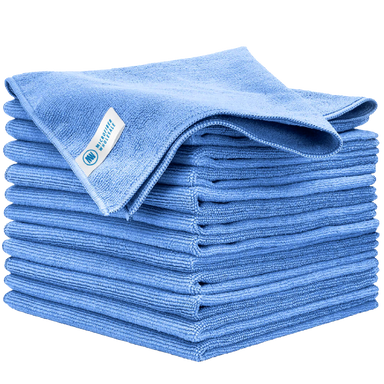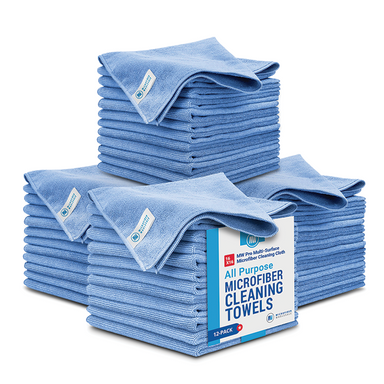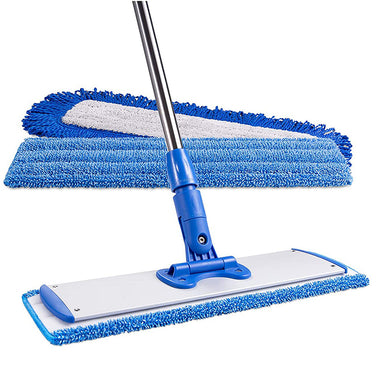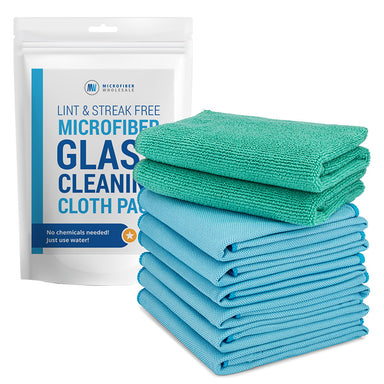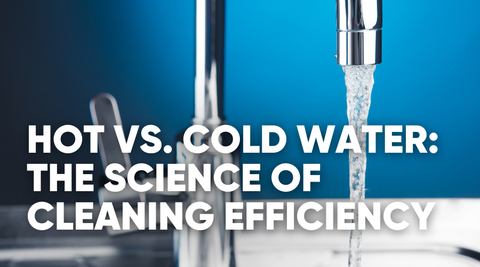Smart Chemistry = Smart Cleaning
Choosing the right chemical for the right floor is more than a detail, it’s the difference between a job that looks great for a day and one that stands up to wear, traffic, and client expectations. When you match cleaner type (alkaline, neutral, acidic, enzymatic, disinfectant, solvent) to both the soil makeup and the flooring material, you set yourself up for efficiency, fewer mistakes, and longer-lasting results.
But even the right chemical won’t perform if you neglect dwell time, agitation, rinsing, and residue control. In practice, your success comes from balancing those mechanical and chemical factors while protecting finishes, avoiding damage, and maintaining safety.
Next time you step onto a jobsite, you can confidently specify not just “a cleaner,” but the cleaner; the right formula, right tool, right dwell, and right rinse for the job at hand.
